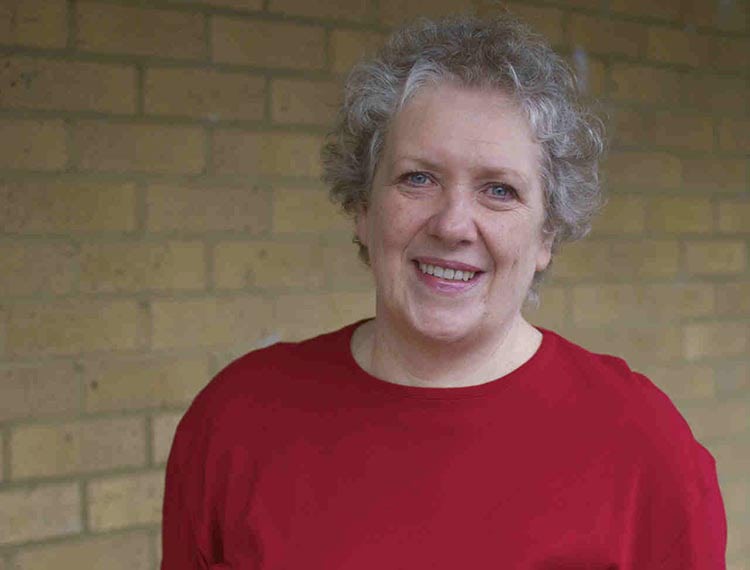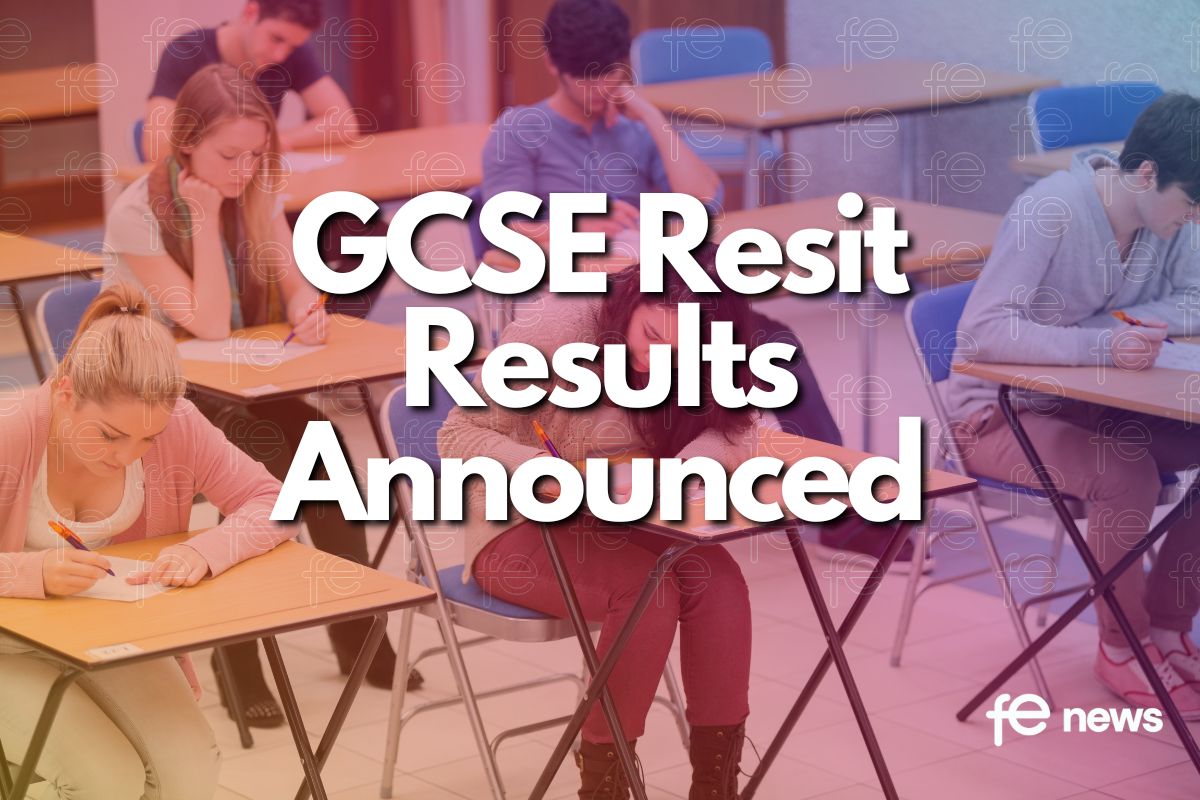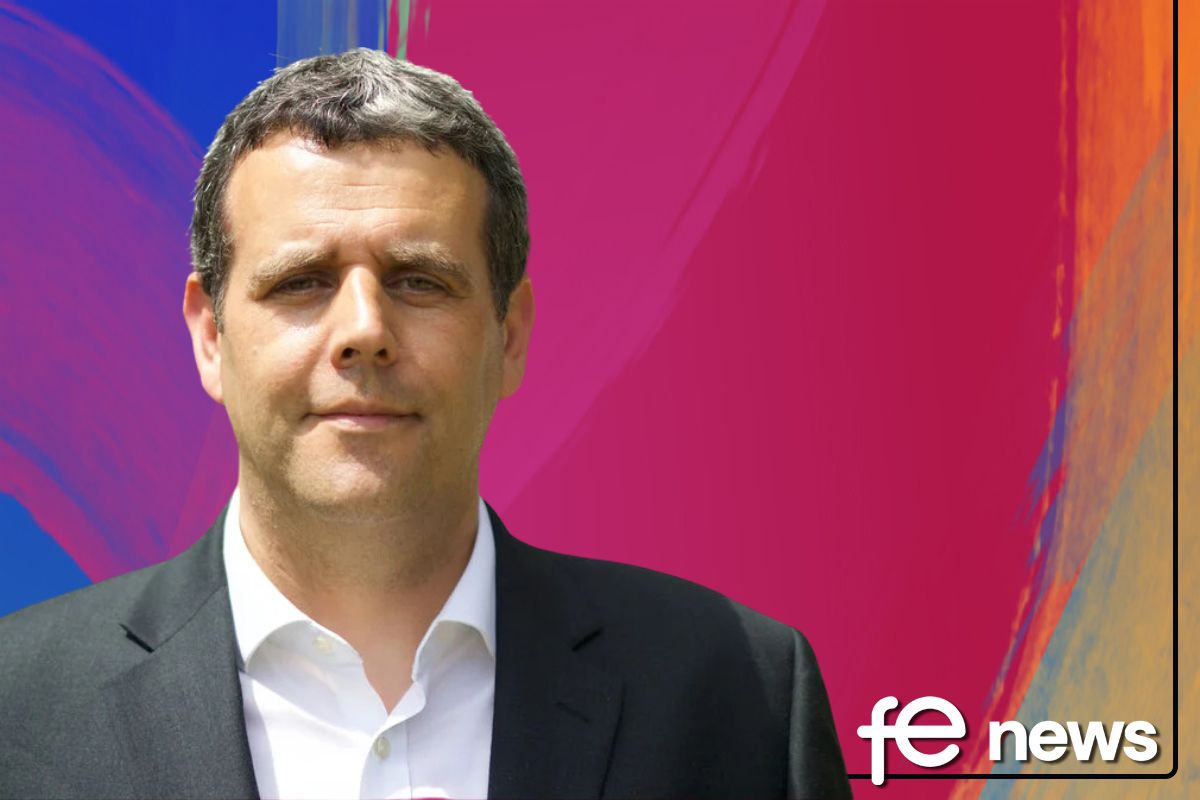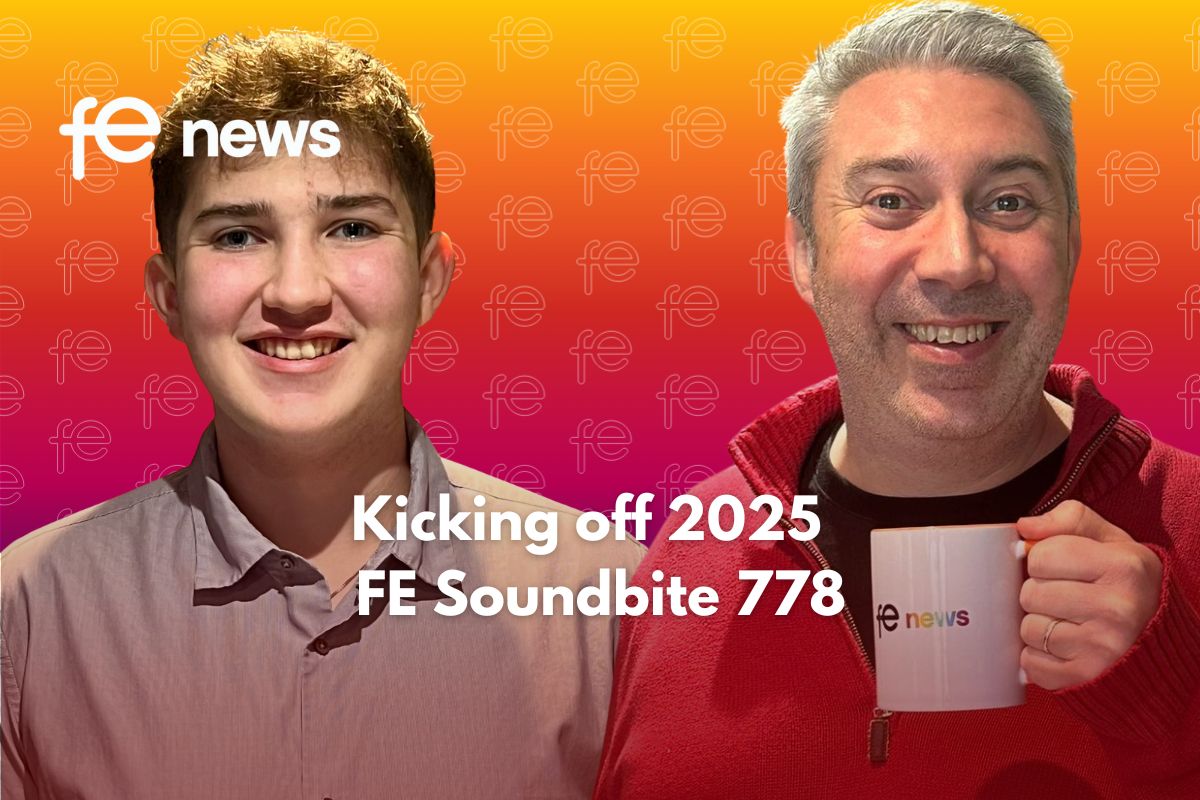Are You Interviewing This October?

People in FE – just like everywhere else – resign and leave their posts from time to time.
In the case of your organisation the people leaving may have departed in the summer, when it was too late to fill a vacancy for September.
They may be leaving in December, meaning that, if you want the post filled soon, you must take action.
If you have a vacancy you need to fill, you could well be interviewing in October.
Do You Like Interviewing?
Unless you have an interest in HR, you probably do not look forward to sitting on an interview panel. You don’t have time to prepare for the interview process properly. You have so much of your own work to do, you cannot see how to fit conducting interviews into your schedule. However, the powers that be require you to stop whatever else you had planned, and start interviewing.
One way to save quite a lot of your time when you are preparing to interview candidates for a post, is to look at specific aspects of each candidate’s LinkedIn profile.
Why? See below.
It’s A Mess!
A good reason to take a look at candidates’ LinkedIn profiles is to note that the majority of individuals do not produce good profiles.
This matters.
An application form might look good but the candidate’s LinkedIn profile is a mess. It is often poorly written, full of errors and has not been updated for months. What does that tell you about a candidate?
Here are some things to look out for to ensure you are not overwhelmed with extra work during the interview process:
1. Ask Yourself How A Candidate Presents Himself Or Herself
Look at the person’s image on LinkedIn. Does the image look professional? Is the image a “selfie”, a picture taken on a staff outing, a party image or a holiday snap? Does the image suggest that the profile, when you get to it, will be worth reading?
Having a professional image is essential.
Checking a candidate’s image will only take you a few seconds.
2. Is the professional headline any good?
Headlines on LinkedIn should be short and snappy. There are only 120 characters available to each person producing a headline. Individuals often waste many of the characters available to them. They note job titles and awards. They list responsibilities. They write for themselves and tell the world how great they are.
Ideally a headline shows the VALUE an individual will bring to a new employer. Value is all about benefits delivered. Here are a couple of examples of LinkedIn headlines. These people are my business’s clients.
Independent Residential Property Expert►Helping property buyers and sellers achieve their goals►Property adviser: medical negligence
Content Marketing Strategist►LinkedIn Profile Optimization Specialist►I write the words that get you noticed online.
Note that both individuals show the value they bring to their work in 120 characters or less.
Remember the purpose of a LinkedIn professional headline is to encourage people to read more of someone’s profile. Think about this before you start interviewing.
You can assess your candidates’ professional headlines in just a few seconds.
3. An Individual’s Summary
When you look at an individual’s headline, you get the chance to see the start of his or her summary. You will have to make a judgement about this. Are you encouraged to read more about someone, having read the start on that individual’s summary?
Once again, you can make this judgement in seconds.
And Now
Has your view of any of the candidates changed as a result of reading the papers they have submitted – and their LinkedIn profiles?
Remember that most people take a lot more care with their application forms than they do when working on their LinkedIn profiles. You will be doing yourself a favour, as an interviewer, by looking candidates up on LinkedIn. You will also be saving your time.
Margaret Adams, Founder, The Adams Consultancy Limited.
A former college manager, Margaret helps professionals use LinkedIn better.











Responses